This post is made possible with support from the American Academy of Pediatrics through a cooperative agreement with the Centers for Disease Control and Prevention. All opinions are my own.
We all have the power to make a positive difference in a child’s life by providing a safe, stable, and nurturing environment. As a parent, it was so important for me to learn about Adverse Childhood Experiences and how we mitigate and prevent the negative effects of ACEs. The holiday season is the perfect time to create awareness about ACEs and share this information with other parents so we extend that positive influence outside our households and give children the gift of feeling safe.
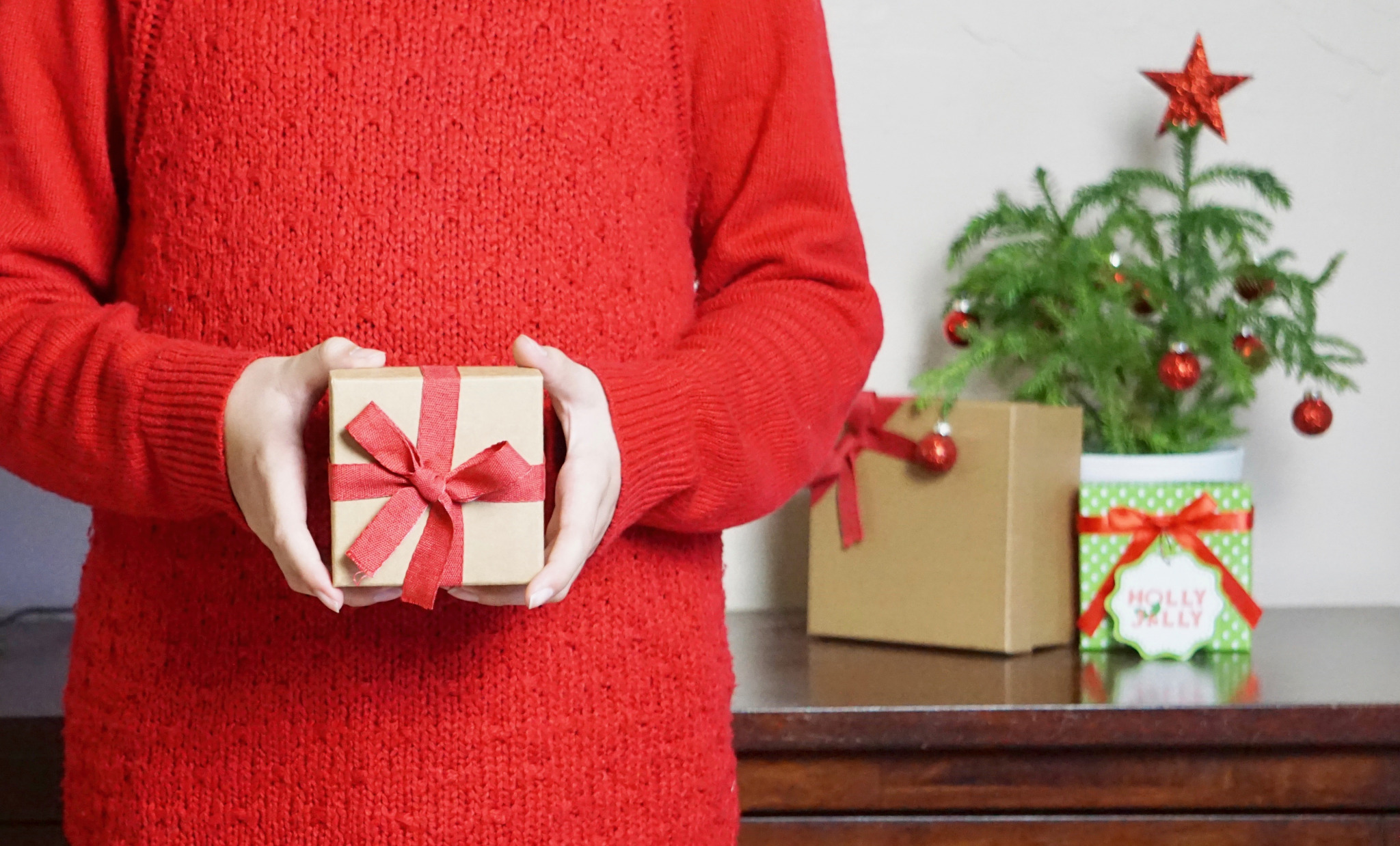
What are ACEs?
School was a tough time for me. I would read alone in the library at recess and avoided interacting with other kids. I was a bookworm and considered a “nerd,” and I was bullied for being too thin. My parents also got divorced when I was a teen, and now that I am an adult, I have come to understand how those experiences affected me. Although I felt like I did not fit in at school, the support of my parents and feeling like I belonged in other groups like my girl scout troop and school clubs turned those middle and high school years into good ones despite the bullying.
Many children experience ACEs or Adverse Childhood Experiences just like I did with my parents’ divorce. These experiences may have a profoundly negative effect on children’s development and self-esteem. Adverse childhood experiences, or ACEs, are potentially traumatic events that occur in childhood. The 10 ACEs fall into 3 categories:
1) Abuse (physical, emotional, or sexual);
2) Neglect (physical or emotional); and
3) Household dysfunction (mental illness, domestic violence, divorce, incarcerated relative, substance abuse).
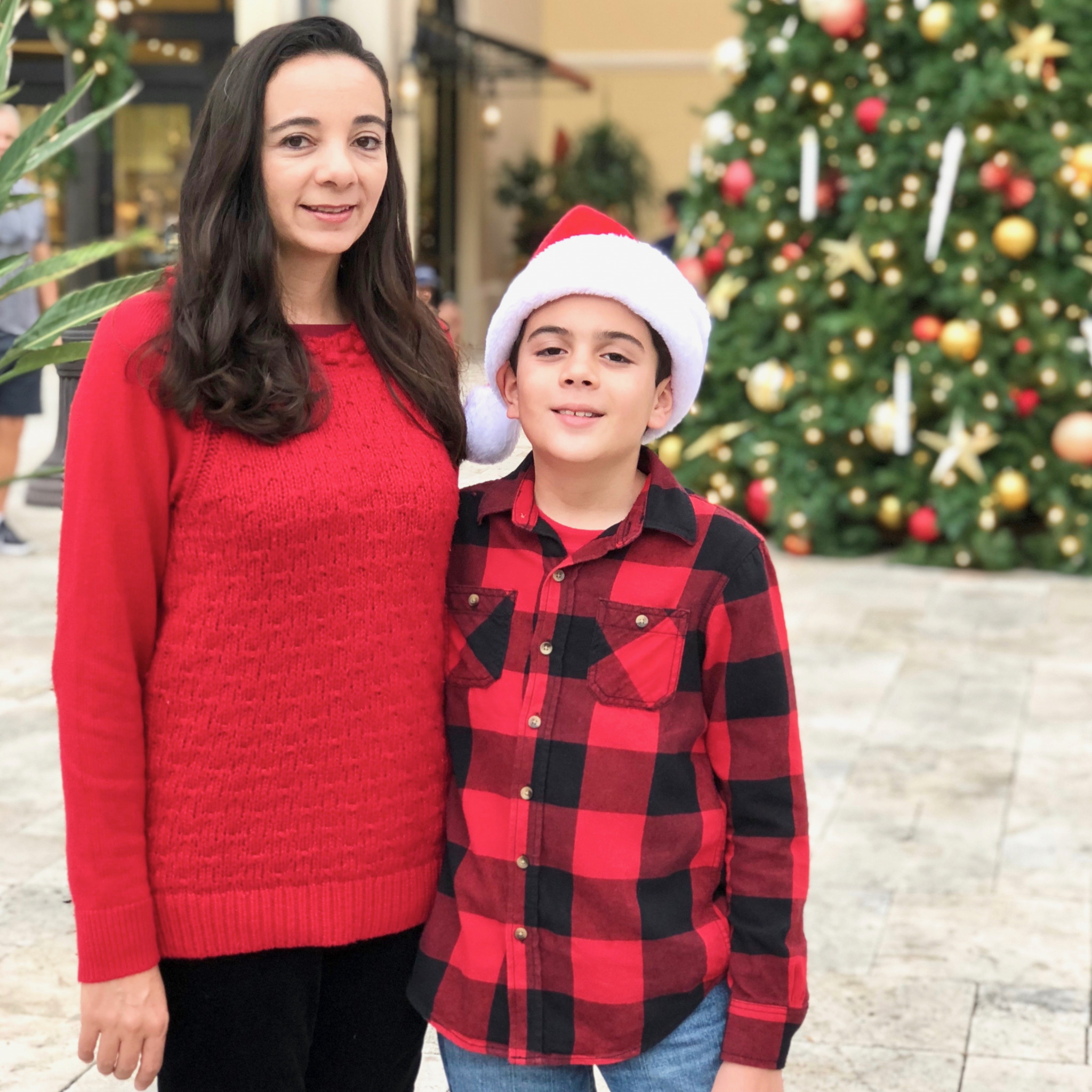
As a parent, I would love to shield my children from any experiences that may stress them or make them feel unsafe. But sometimes things happen that we do not have control over, from a death in the family to divorce or having to deal with a parent or household mental illness.
However, ACEs can be prevented or mitigated when adults and children have strong support systems through individuals or organizations. That is why my husband and I focus not only on providing my kids with a safe environment at home but also creating opportunities for them to connect with other adults who are supportive and nurturing both in our extended family and outside of it.
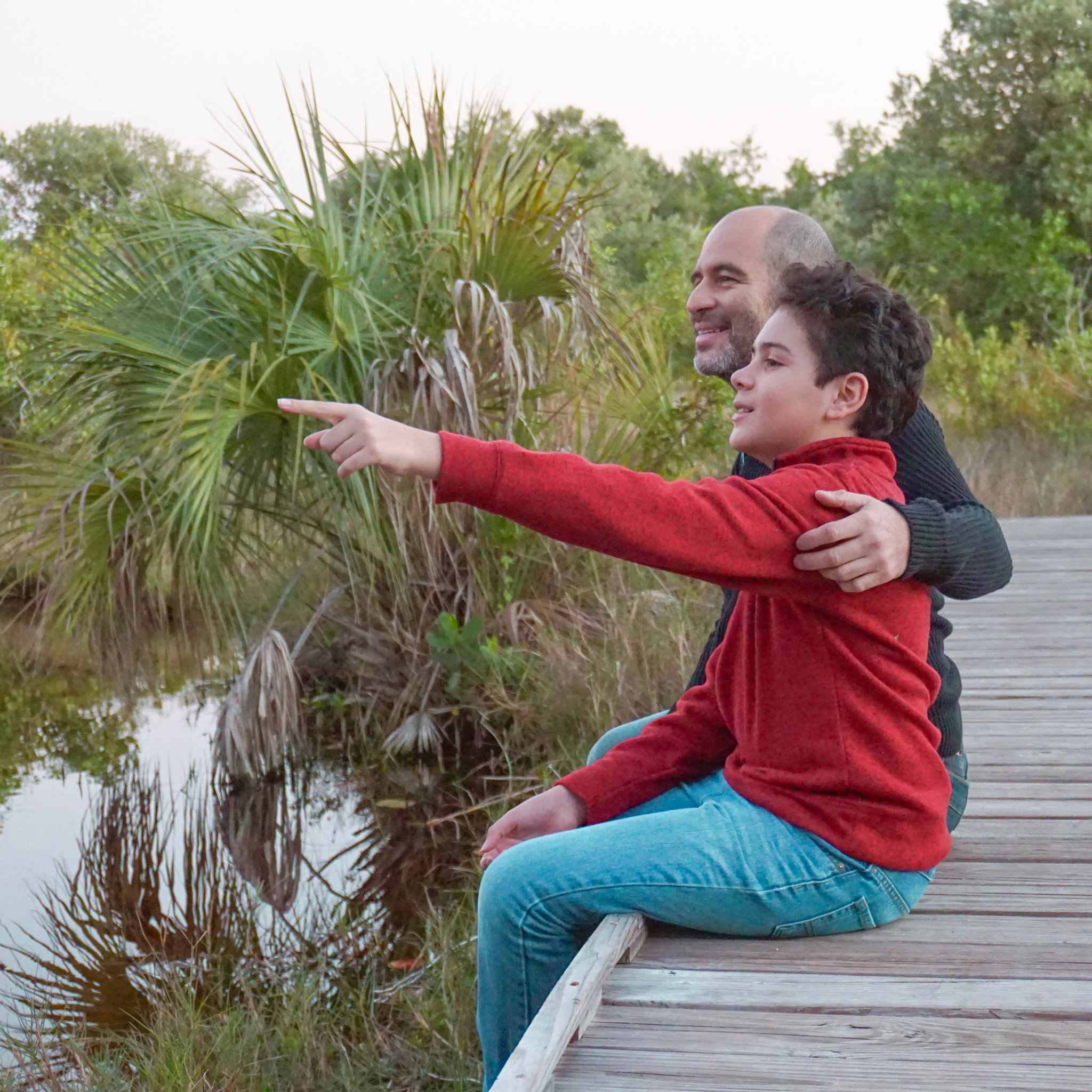
How To Help Children Find Their Three
As parents, my husband and I make a conscious effort to provide a safe environment for our kids. But it’s also important to give our children and all children other sources of support to help them through tough times. That is why all children need to find their three; three sources of support to help them through tough times. These can be three people or three organizations. Here are some ways in which we are helping our kids find their three:
Be the three for your kids.
Provide them with a safe and nurturing environment at home. Carve time in your calendar to spend one-on-one time with each of your children and create opportunities for having meaningful conversations. Both my husband and I set a day each week for each of my kids. We usually take a short hike, go kayaking, or learn to do something new together. This gives us a chance to connect.
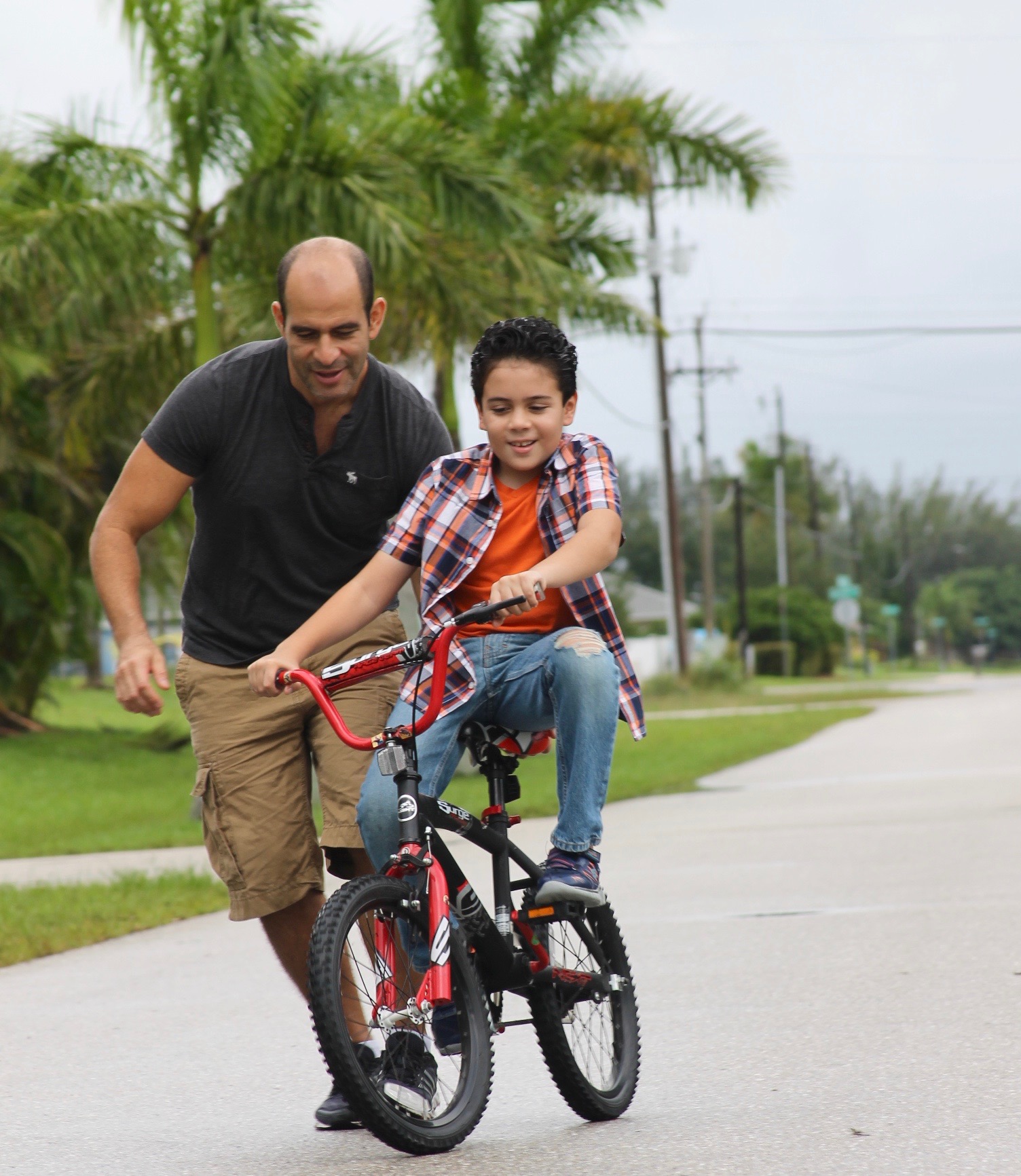
Encourage them to join a group.
We encourage them to join school clubs, participate in team sports, and find groups of children who have the same interests so that they can form relationships with like-minded peers.
Provide them with opportunities to connect with other adults who provide a positive impact.
Even though my parents live far away, we talk to my dad almost every day on Zoom, and the kids always enjoy spending time with him. In elementary school, my son connected with one of his teachers, and even after he started middle school, he has kept that connection with his teacher alive.
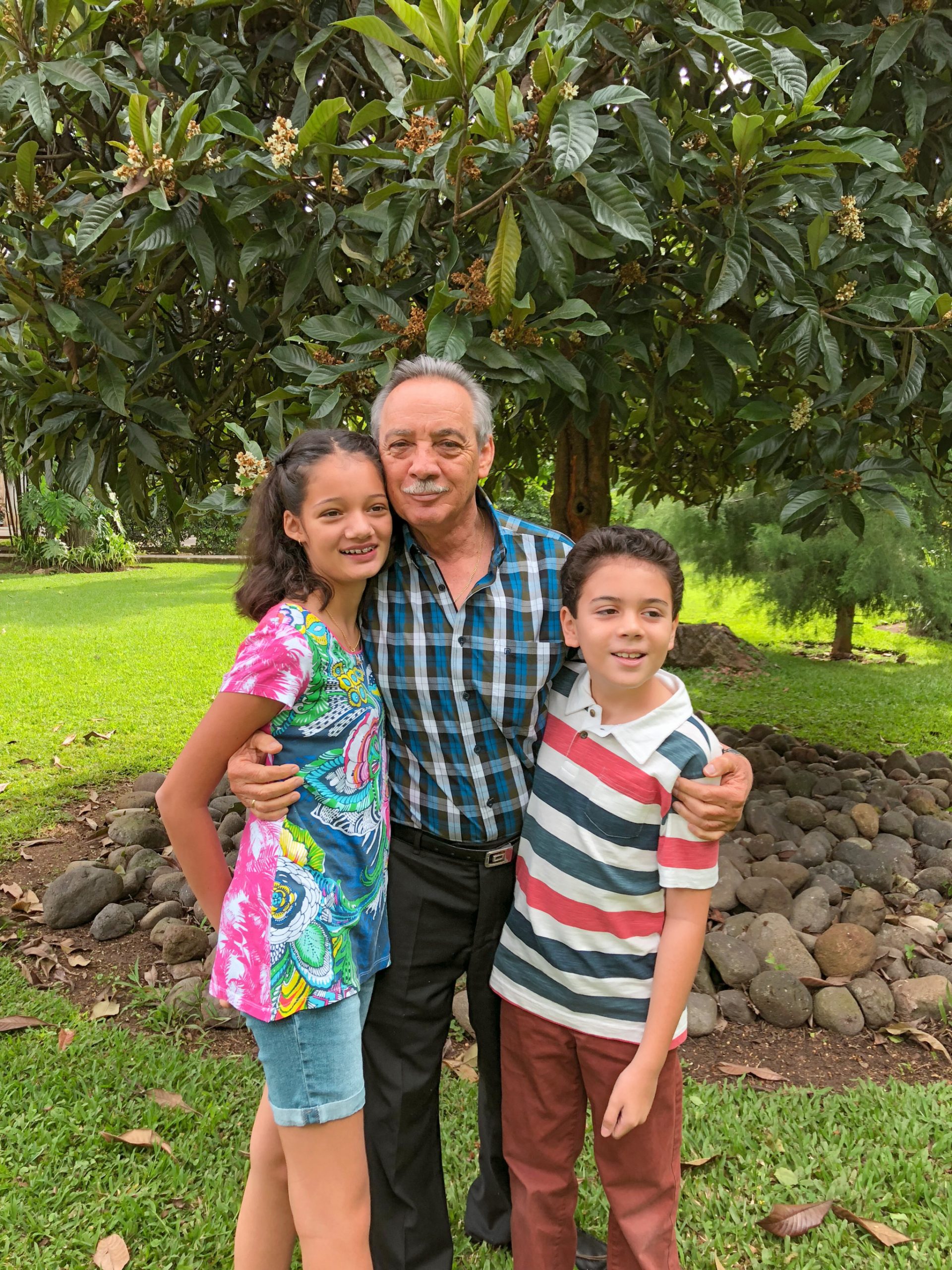
Create community connections.
Whether it’s attending a school game, going to church, or participating in the socially-distanced neighborhood activity encouraging kids to participate and attending community events as a family helps build those connections with their community. Now many of these events have moved online, which makes it harder. Kids sometimes need a bit more encouragement to get used to this new way of connecting with others in our community.
Lead by example.
Take time for yourself, show your kids how you make time for friends and family, and how you nurture your relationships. I have a group of friends who have been my support since I was in high school. We have been friends for over 30 years. My kids see that we talk all the time and are always there for each other even if we live far away. Providing kids with examples of lasting and nurturing friendships and family relationships makes it easier for them to create meaningful connections.
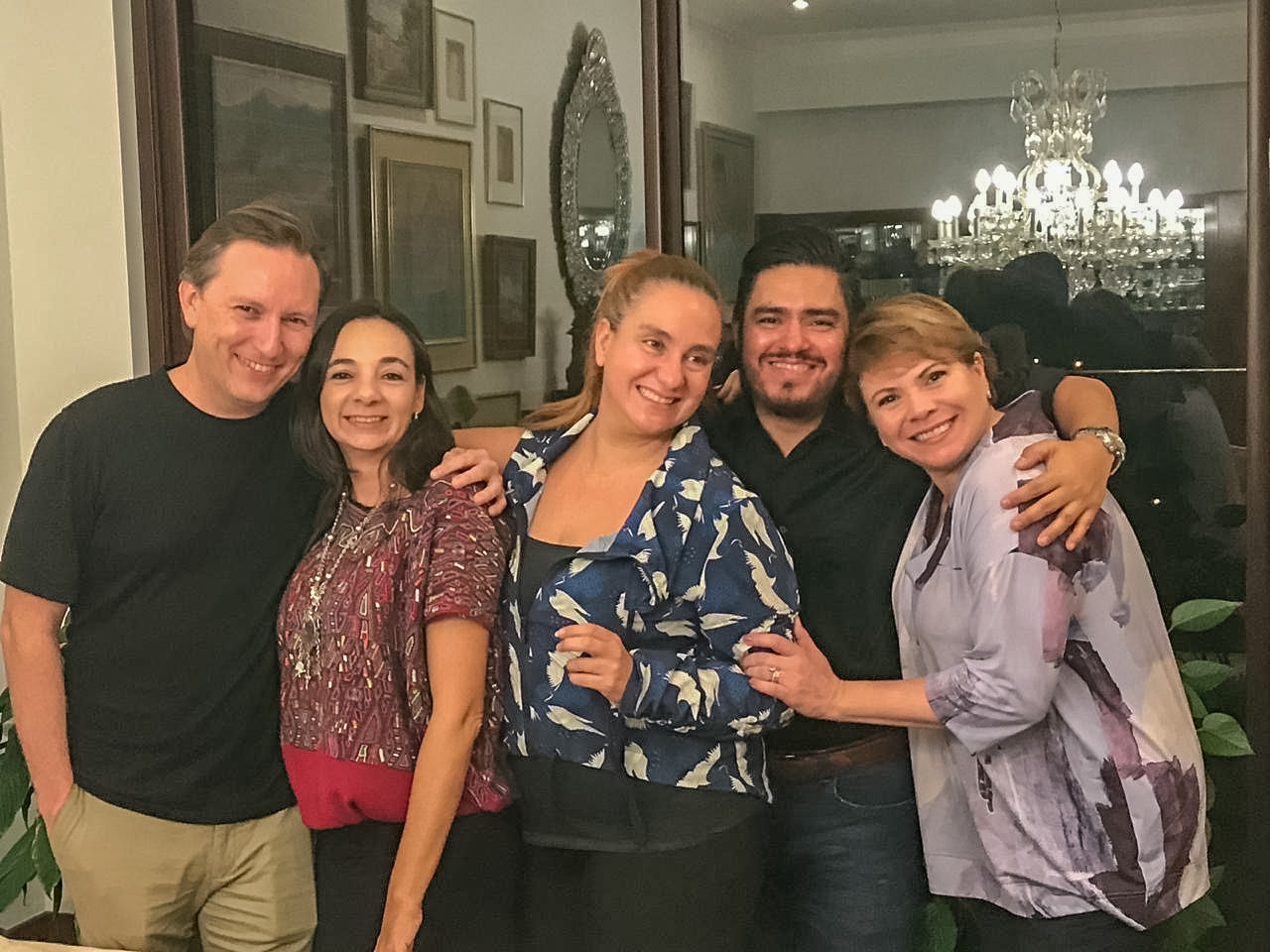
How You Can “Be The Three” For A Child
Learn about ACEs.
Informing yourself about how ACEs and how they can negatively impact a child’s future (as well as how the effects of ACEs can be prevented or mitigated) will give you the tools you need to make a positive difference in a child’s life, whether it’s your children or other children in your life.
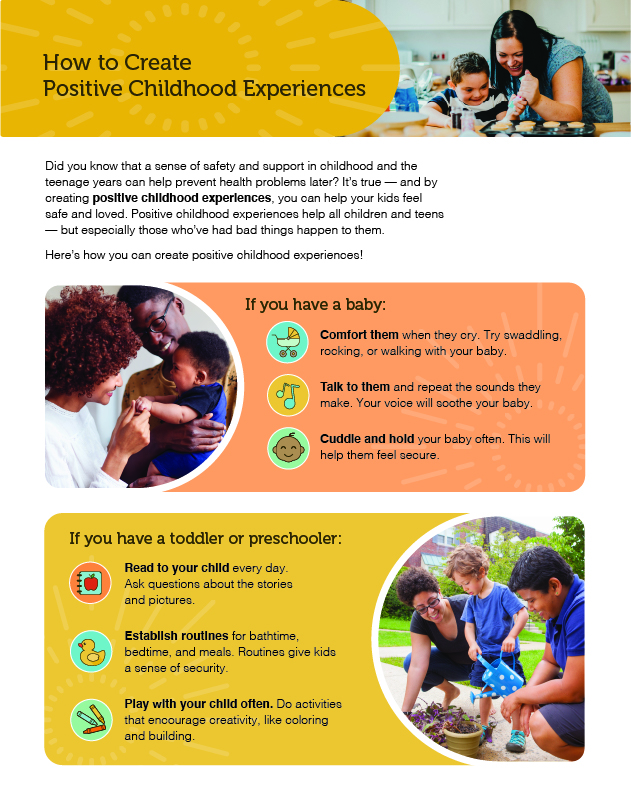
Extend the positive impact by becoming a support to a child outside your household.
Helping children build safe, stable, and nurturing relationships and environments doesn’t have to be just about our kids. We can help children outside our household by reaching out to them this holiday season and letting them know that we are here to support them.
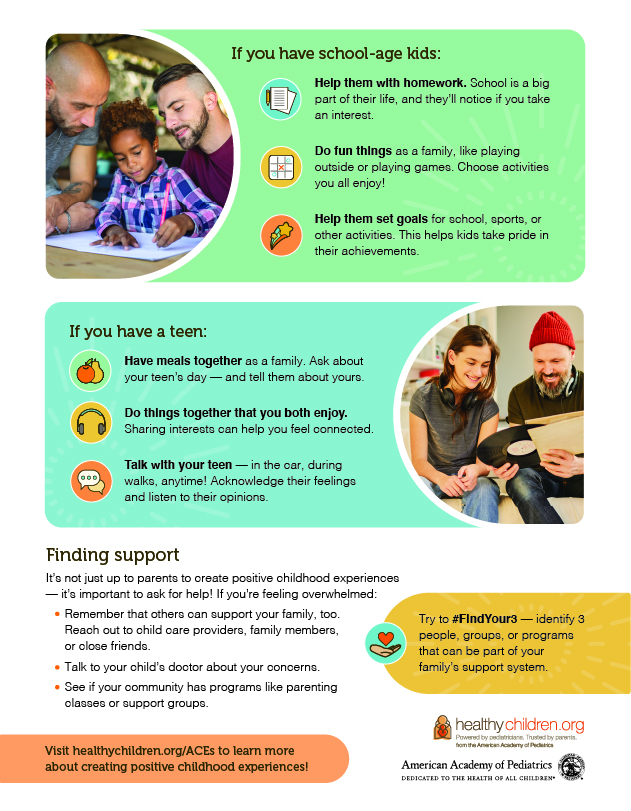
Reach out to children in your life.
This year with the pandemic, many children have lost contact with some of those sources of support. We all can make a difference when it comes to ACEs. We can be someone else’s trusted adult who helps with stability. Whether it’s kids in your extended family, students, or kids in the school club or sports team you used to coach, the holidays are a great opportunity to reconnect with them.
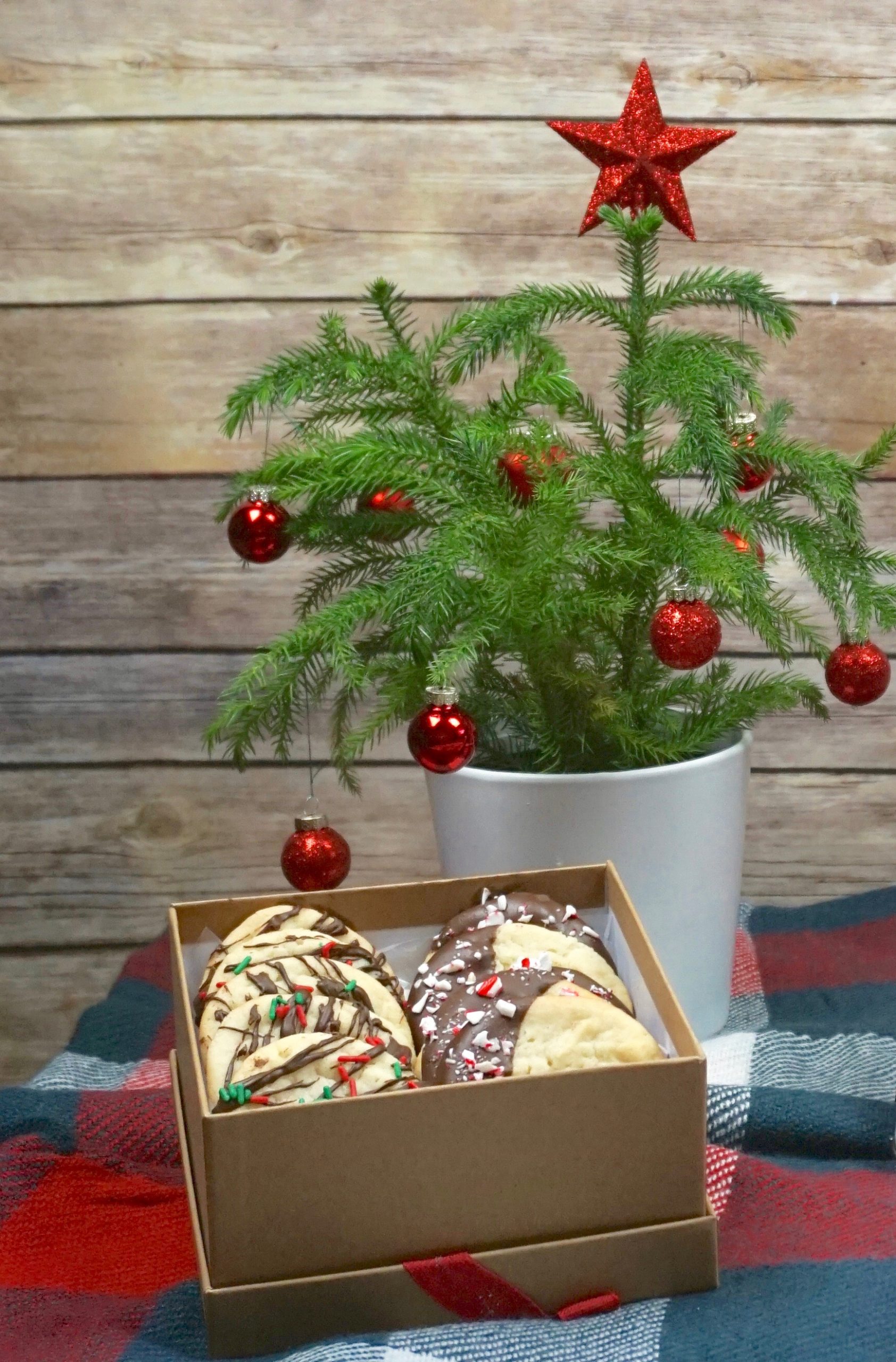
The kids and I have started a new holiday tradition. We are baking cookies together as a family, and we will be sending the cookies to my nephews. Along with the homemade cookies, we are sending them a holiday card reminding them that we are here for them, just a phone call or Zoom meeting away.
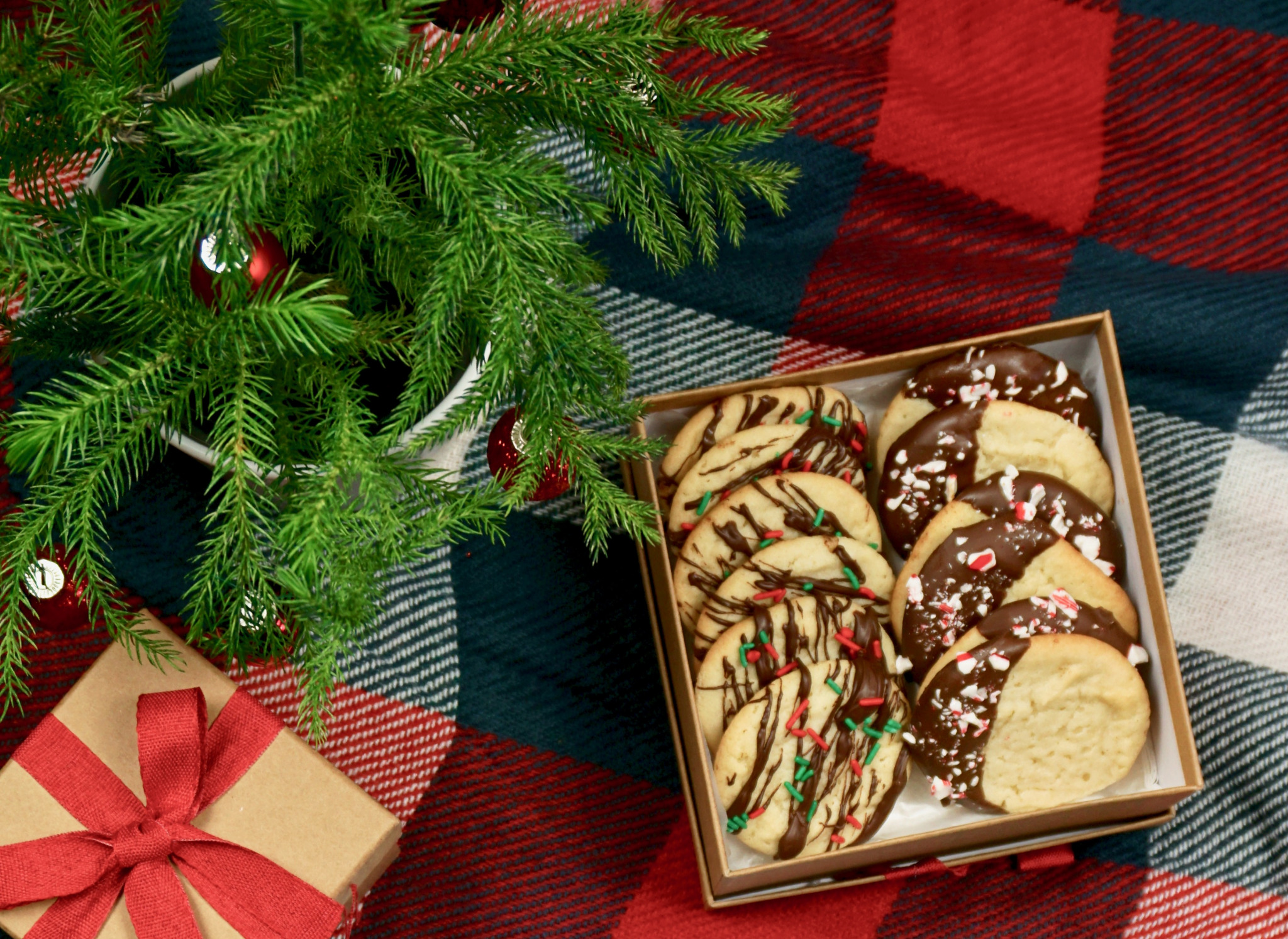
You can learn more about ACEs and how you can create a supportive and nurturing environment to prevent and mitigate the negative effects of ACEs at home as well as becoming one of the three for someone outside of your household.
How will you “be the three” this holiday season and help build safe, stable, and nurturing relationships and environments?
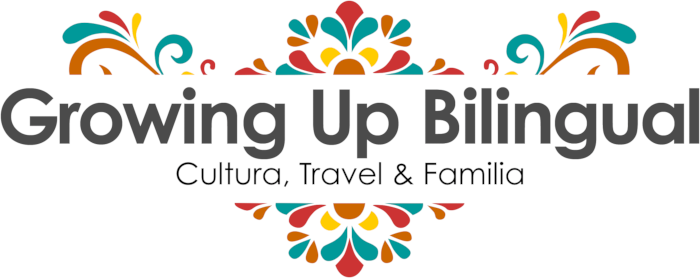


“Be the three” is a great idea for families. Hope to have my own some day!
Thanks for all the tips and information about ACEs. This is something I will be sure to give more attention to in the future.
I have a friend who works at a youth outreach. It always breaks my heart to see things children go through, not counting the addition of bad home lives.
I enjoyed reading your article so much. As a parent, I could benefit from these ideas.. I will definitely follow your tips.
This is a lovely way to help support the kiddos. Sometimes we forget how simple things mean more during the holidays.